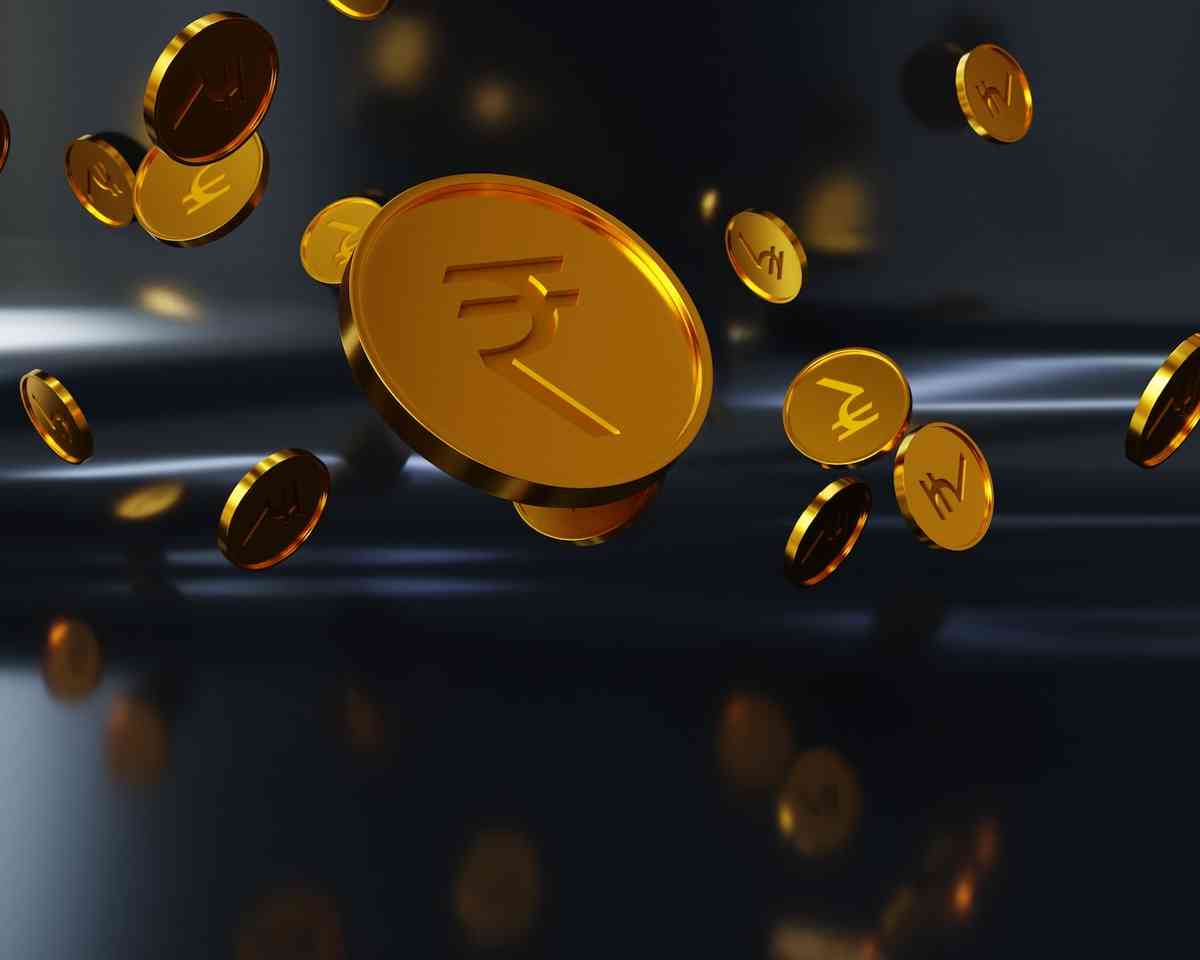The Reserve Bank of India launched a Retailed Pilot Project. The Indian Reserved Bank launched its own digital currency called - Digital Rupee on 1st Nov 2022. 9 central banks are involved in the project.
The launching of this digital asset was focused on 2 phases. The first launching phase emphasizes the wholesalers that will need to make huge transactions because of their business based on the industry they operate in. While in the second phase, the center of the campaign was retailers and their day-to-day transactions.
Most people confuse the digital rupee with cryptocurrency but the type of this digital asset is CBDC or Central Bank digital currency. In one of our previously published articles, we discussed what CBDC is and how it works. You can find the article here.
Today, we will talk about the Digital Rupee and how it could reshape the Indian market.
What is Digital Rupee?
A digital currency is any currency available in digital form. There are 3 main varieties of digital currencies - cryptocurrency, stablecoins, and central bank digital currency. The digital currency is exclusively available in the online space and does not leave your computer or mobile devices.
The Digital Rupee is a digital form of the physical rupee. The currency can be used to make transactions and settlements. It can be exchanged for a physical currency and/or can be used for a safe store of value.
Advantages of Digital Rupee
Faster transactions
Digital currency can make your payments much faster than bank transfers which can take days for the banks to confirm and transfer.
24/7 availability
The speed of the transactions made with digital currency does not change outside of standard business hours, weekends, or public holidays.
Cheaper global transactions
The fees associated with moving funds from one country to another can be avoided if the transactions are made with digital currency. Also, there are not any fees associated with currency conversion.
No manufacturing required
Physical currency requires maintenance and manufacturing. These expenses are not included when we speak of digital currency.
Well-organized Government payments
The Indian government will be able to make payments to its citizens much easier and faster. The transactions for the amount of child support will be received by the parents within minutes instead of taking a few business days.
Differences between Cryptocurrency and Digital Rupee
CBDC is a legal tender issued by a central bank in digital form. The CBDC has the role of a digital avatar for a physical currency issued by the central banks. The digital currency can be exchanged in cash one-to-one with the fiat currency of the country.
Even if the cryptocurrency and the CBDC use similar technology that one of the feller commons they have in place. The CBDC is not considered a decentralized currency. People can use these digital assets to pay for goods and services whenever they want. Once the central bank of a country starts circulating the CBDC every citizen of that country can use it.
Digital Rupee is a form of digital token that offers similar features as the physical currency as trust, safety, and settlement.
On the other hand, cryptocurrency is decentralized. Its value is not legislated or instinct by any institution. Cryptocurrency can be exchanged for whatever cost people are ready to pay for it.
You can use cryptocurrency as an exchange method only if the place from where you would like to buy goods or services accepts this payment method.
Conclusion
India is part of the countries where cash placements and tracking are still an issue. The digital rupee has the potential to change that and help the country to improve the transparency of transactions and take a step closer to a more digitized future.
CryptoArbi.com is a platform for triangular crypto arbitrage. We can help you make the most of every opportunity. All you need to do is choose the right subscription plan, and we will do the work for you.
